 1976 Audi 100 (C2, Typ 43) Dimensions, Size & Specs
1976 Audi 100 (C2, Typ 43) Dimensions, Size & SpecsMeasurements of the 1976 Audi 100, engineered for optimal performance and comfort
| Dimensions | |
|---|---|
| Length: | 4680 mm184.3 in15.4 ft |
| Width: | 1768 mm69.6 in5.8 ft |
| Height: | 1390 mm54.7 in4.6 ft |
| Trunk Capacity (Max): | 642 liter22.7 cu ft |
| Weight Specifications | |
| Curb Weight: | 1110-1210 kg2447-2668 lbs |
| Maximal permitted Weight: | 1570-1670 kg3461-3682 lbs |
The Audi 100 C2 (Typ 43) represents the second generation of the Audi 100 series, produced between 1976 and 1979. This mid-to-large size sedan marked a significant step in Audi's evolution towards combining performance, comfort, and practicality during the late 1970s. Measuring 4680 mm (184.3 inches) in length, 1768 mm (69.6 inches) in width, and standing 1390 mm (54.7 inches) tall, the Audi 100 C2's dimensions positioned it competitively within its class, offering ample cabin space while maintaining a sleek, aerodynamic profile characteristic of the era.
Weighing between 1110 and 1210 kilograms (2447 to 2668 pounds) curb weight depending on specific configurations, the vehicle struck a balance between lightweight agility and structural solidity. Its maximum permissible weight ranged from 1570 to 1670 kilograms (3462 to 3683 pounds), accommodating passengers and cargo effectively.
Beyond passenger comfort, the Audi 100 C2 offered an impressive luggage capacity of 642 liters (22.7 cubic feet) with the rear seats folded, making it highly practical for family trips or transporting bulkier items. This generous cargo volume underscored Audi’s focus on versatility without sacrificing the sedan’s refined styling.
Overall, the Audi 100 C2 (Typ 43) stands out as a classic model combining size, weight, and utility tailored to late 1970s standards. It remains a relevant reference point for automotive enthusiasts and buyers interested in vintage European sedans that blend performance with thoughtful engineering and spacious interior accommodations.
Discover the standout features that make the 1976 Audi 100 a leader in its class
Have a question? Please check our knowledgebase first.
The Audi 100 (C2, Typ 43), produced from 1976 to 1979, has a length of 4680 mm (184.3 inches), a width of 1768 mm (69.6 inches), and a height of 1390 mm (54.7 inches). These dimensions place the vehicle in the mid-size sedan category for its era, offering a balance of passenger comfort and manageable exterior proportions suitable for various driving conditions.
The curb weight of the Audi 100 (C2, Typ 43) ranges from 1110 kg to 1210 kg (2447 to 2668 pounds), depending on the specific model and equipment. The maximum permissible weight (gross vehicle weight) is between 1570 kg and 1670 kg (3462 to 3683 pounds). This weight range allows for sufficient payload capacity while maintaining good handling characteristics and fuel economy for a car of this size.
The luggage capacity of the Audi 100 (C2, Typ 43) with the rear seats folded down is 642 liters (approximately 22.7 cubic feet). This sizeable cargo space enhances the vehicle's practicality, making it convenient for carrying larger items or increased luggage during travel, typical for a mid-size sedan of its period.
Yes, the Audi 100 (C2, Typ 43) fits comfortably into a standard garage. Standard single-car garages typically accommodate vehicles up to about 6 meters (19.7 feet) in length and around 2.5 meters (8.2 feet) in width. Given the Audi 100's length of 4680 mm (4.68 meters or 15.4 feet) and width of 1768 mm (1.77 meters or 5.8 feet), it allows ample room for not only parking but also some clearance for opening doors and maneuvering inside a typical residential garage.
Compared to the first generation Audi 100 (C1) produced from 1968 to 1976, the C2 version introduced in 1976 is slightly larger and more refined. The C1 had a length of approximately 4685 mm, very close to the C2's 4680 mm, but featured a narrower width around 1695 mm (66.7 inches) compared to the C2's 1768 mm (69.6 inches). The increased width in the C2 improved interior space and road presence. The C2 also benefited from modernized styling and engineering improvements over the C1, making it a more contemporary vehicle though overall dimensions stayed fairly consistent.
In comparison with other mid-size sedans of the late 1970s, such as the BMW 5 Series (E12) and Mercedes-Benz W123, the Audi 100 (C2) holds its own in terms of size. The BMW E12 5 Series measured approximately 4620 mm (181.9 inches) in length, slightly shorter than the Audi at 4680 mm (184.3 inches). The Mercedes-Benz W123 was about 4760 mm (187.4 inches) long, a bit longer than the Audi 100. Width-wise, the Audi (1768 mm / 69.6 inches) was comparable to these competitors. Overall, the Audi 100 provided a competitive mid-size package with practical dimensions and a spacious interior for the period.
The Audi 100 (C2, Typ 43) is primarily a sedan, featuring a classic 4-door body style. This configuration was typical for executive and family cars of that era, providing comfortable seating for up to five passengers along with a sizable trunk for luggage. The vehicle's design favored aerodynamics and functional elegance, which was a hallmark of Audi's styling approach during the mid to late 1970s.
With a curb weight ranging between 1110 and 1210 kg (2447 to 2668 lbs), the Audi 100 (C2) is relatively light for a mid-size sedan, especially by modern standards. This moderate weight contributes to reasonably responsive handling and decent fuel economy, particularly important at a time when automotive efficiency was gaining emphasis. The car's weight characteristics helped balance ride comfort and performance, offering drivers a stable yet agile experience on the road.
The Audi 100 (C2, Typ 43) has a height of 1390 mm (54.7 inches), which is relatively low and contributes to a sleek roofline. This lowered height enhances the vehicle's aerodynamic profile, reducing wind resistance and potentially improving fuel efficiency. While a lower roofline might minimize headroom compared to taller sedans, the thoughtful interior design ensures sufficient passenger comfort without making the cabin feel cramped. The C2 generation was known for balancing sportiness with practicality through such design choices.
The Audi 100 (C2, Typ 43) is versatile enough to suit both family and executive needs. As a mid-size sedan with a spacious interior and substantial trunk capacity (642 liters with rear seats folded), it offers practicality for families requiring comfortable seating and luggage space. At the same time, its refined styling, performance options, and quality build make it appealing to executives seeking a prestigious yet functional vehicle. This dual appeal contributed to the model’s success during its production run.
Discover similar sized cars.

| Model Year: | 1978 |
|---|---|
| Length: | 4705 mm185.2 in |
| Width: | 1722-1730 mm67.8-68.1 in |
| Height: | 1410 mm55.5 in |
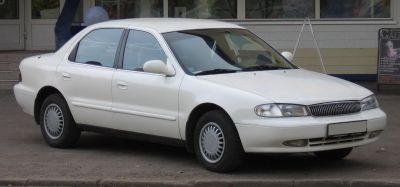
| Production: | 1996-1998 |
|---|---|
| Model Year: | 1996 |
| Length: | 4696 mm184.9 in |
| Width: | 1770 mm69.7 in |
| Height: | 1420 mm55.9 in |
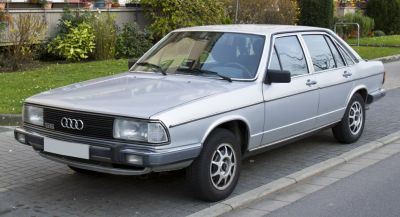
| Production: | 1979-1982 |
|---|---|
| Model Year: | 1979 |
| Length: | 4683 mm184.4 in |
| Width: | 1768 mm69.6 in |
| Height: | 1390 mm54.7 in |
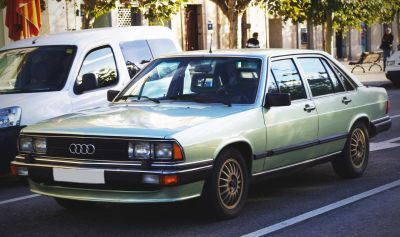
| Production: | 1979-1982 |
|---|---|
| Model Year: | 1979 |
| Length: | 4695 mm184.8 in |
| Width: | 1768 mm69.6 in |
| Height: | 1390 mm54.7 in |

| Production: | 2012-2014 |
|---|---|
| Model Year: | 2012 |
| Length: | 4729 mm186.2 in |
| Width: | 1782 mm70.2 in |
| Height: | 1465 mm57.7 in |
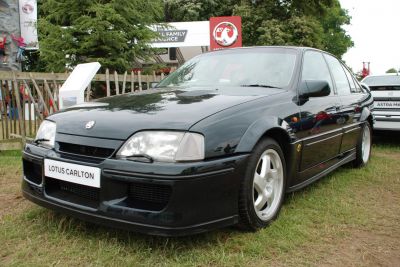
| Production: | 1986-1994 |
|---|---|
| Model Year: | 1986 |
| Length: | 4768 mm187.7 in |
| Width: | 1933 mm76.1 in |
| Height: | 1435 mm56.5 in |
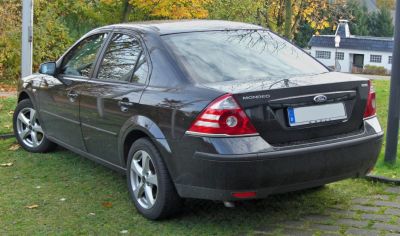
| Production: | 2001-2007 |
|---|---|
| Model Year: | 2001 |
| Length: | 4731 mm186.3 in |
| Width: | 1812 mm71.3 in |
| Height: | 1429 mm56.3 in |
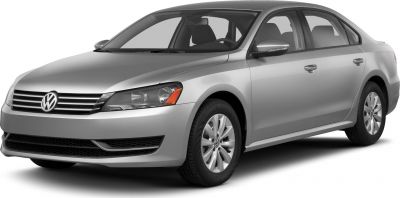
| Production: | 2010-2014 |
|---|---|
| Model Year: | 2010 |
| Length: | 4769 mm187.8 in |
| Width: | 2062 mm81.2 in |
| Height: | 1462-1470 mm57.6-57.9 in |
